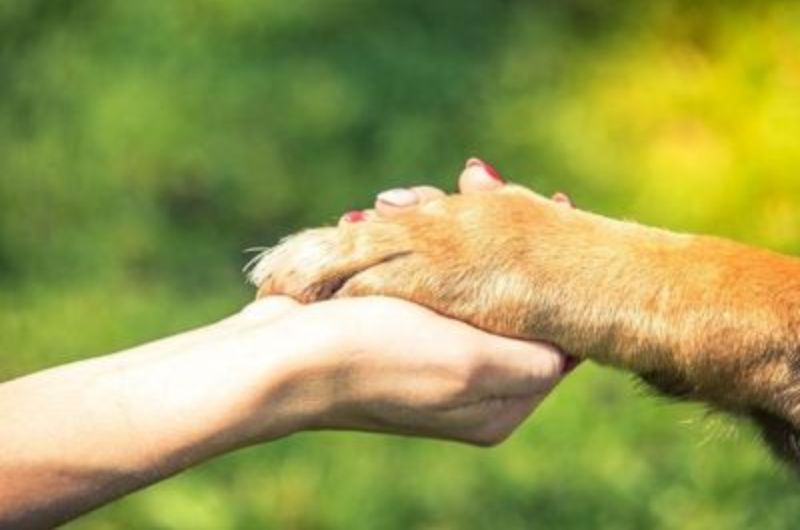The face-off between humans and wildlife over spaces and resources can lead to the loss of property, livelihoods, and lives. Animals raiding crops, preying on livestock and damaging property also results in injury, disease and even death to humans. In retaliation, humans kill wild animals and destroy their habitat. As one of the most biodiversity-rich countries in the world, India has to focus on both development and conservation, stress Vinayak Rajkumar and N. Ansuman Rabboni
The soaring human population and increase in developmental activities have forced the rapid conversion of forest areas into human inhabitation. This has exacerbated the existing crisis. It puts further pressure on the limited resources available to wild animals and forces them to intrude on human settlements, aggravating human-animal conflict. Such conflict encompasses insects, fish, birds and reptiles as well as mammals.
Farmers consider wildlife a threat to their livelihood. Wild animals are to be preserved and protected in the interests of biodiversity, and making the farmers aware of the economic, social, and cultural importance of wildlife conservation is essential for sustainable co-existence.
Resolving the human-animal conflict involves both management and conservation. The former comprises methods and practices for preventing animal intrusion into human-inhabited spaces. The latter prioritises the needs of both humans and animals. Together, they can result in sustainable co-existence of the two groups. Human-wildlife conflict is not an isolated scenario buta global crisis.
In India, the data from the Ministry of Environment, Forest and Climate Change indicates that more than 500 elephants were killed between 2014 and 2015 and during 2018-19. A total of 2361 people were killed as a result of such conflict during the same period. Most of the deaths were the result of human-animal conflict.
Such conflict has been a contentious issue specifically in the Western Ghats region of Kerala. Over 250 cases of crop damage were reported in 2018-19, according to forest office data. One example of human retaliation in Kerala that stands out is the widely condemned incident of the death of a pregnant elephant when it tried to eat a pineapple stuffed with firecrackers
Causes
Expanding human settlements and of agricultural activity have fragmented the forest areas. This has led to wildlife damaging crops and preying on livestock. In addition to agricultural activities, commercial activities such as mining, logging and oil extraction also expose humans to harmful encounters with wildlife. The expansion of anthropogenic activities destroys prime animal habitats and provides hunters and poachers easy access to remote and inaccessible areas.
Most research conducted on the subject focus on the ecological aspects rather than the behavioural ones. As per the Optimal Foraging Theory, an animal will try to consume maximum nutrients with minimal effort in the least possible time. This explains why a cow kept in a shed is more attractive for a carnivore than having to chase down a wild animal in the forest. Various studies have identified seasonal movement patterns of elephants which explain the crop-raiding spree at particular times. More research needs to be conducted in this area.
Challenges
The human-animal conflict is a complex issue which raises several challenges. One is the lack of adequate data, which limits the scope of predictability and adequate counter-measures. Unreported cases contribute to this problem. Another major challenge is to get authorities to release ex-gratia amounts to help people who have incurred losses due to wild animals. Faced with the apathy of the concerned officials to mitigate their losses, they tend to take vengeance on animals, aggravating the existing conflict. This behavioural dimension is generally unexplored.
This brings us to the next challenge – lack of awareness of the importance of wildlife species among the local farmers. The population growth and associated fragmentation of forest areas are also a major challenge. India accounts for 16 per cent of the world’s population and just 2.5 per cent of the world’s landmass. Guiding the development vs conservation debate towards the perspective of sustainability is critical. Governments bypassing environmental impact assessment procedures for fast-tracking developmental activities is a major concern, too.
Further, human-animal conflicts are usually looked at without considering region-specifics, including geography, leading to a one-size-fits-all approach, which fails to deliver results. A context-sensitive, bottoms-up approach is essential, taking into account geographical significance and cultural sensitivity.
Way forward
In order to address the lacuna in data, governments can collaborate with NGOs with specific expertise in data mining to create an accurate database. Expediting economic responses to the suffering of people in the conflict can help reduce their animosity towards wildlife, and pave the way for a more harmonious man-animal relationship. A case study on the Mongya tribes in Ranthambore is a sterling example of how such an approach can work – an NGO named Tiger Watch was able to create awareness among the local people of the importance of maintaining an amicable relationship with wildlife.
(Vinayak Rajkumar is research scholar, Department of Public Administration, Madras Christian College, Chennai; N. Ansuman Rabboni, who guided him, is head of Public Administration, MCC. This was a paper they presented at a recent seminar conducted by the Department of Public Policy, MOP Vaishnav College for Women (Autonomous), Chennai.)
April – June 2022



 from Webdoux
from Webdoux